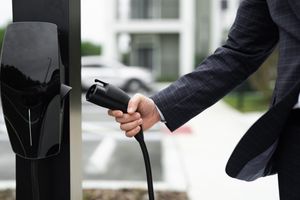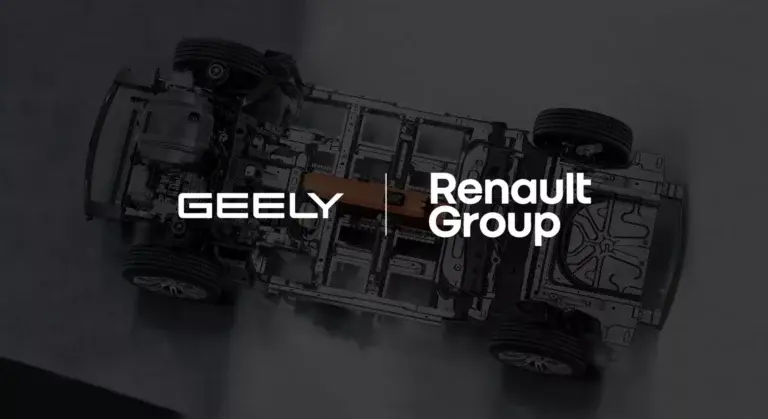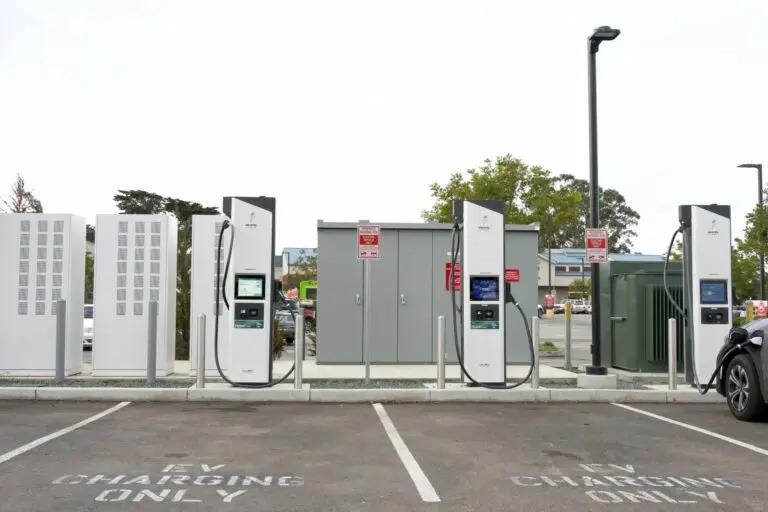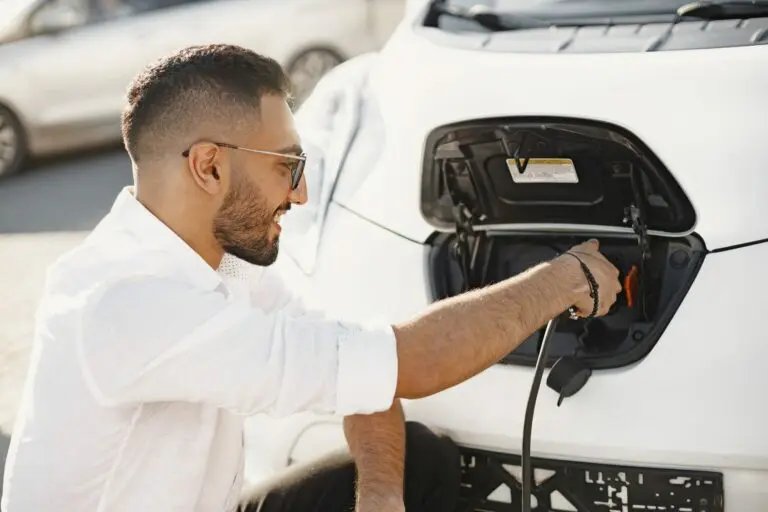The transition to electric mobility is no longer a prospect: it’s a reality that is being forced upon manufacturers, consumers and governments alike. In France, the market for electric vehicles (EVs) is growing at a steady pace. But a crucial question remains: is France ready, in terms of infrastructure, to keep pace with this upheaval? And can it compete with the leaders in Europe and Asia in terms of industrial competitiveness and innovation?
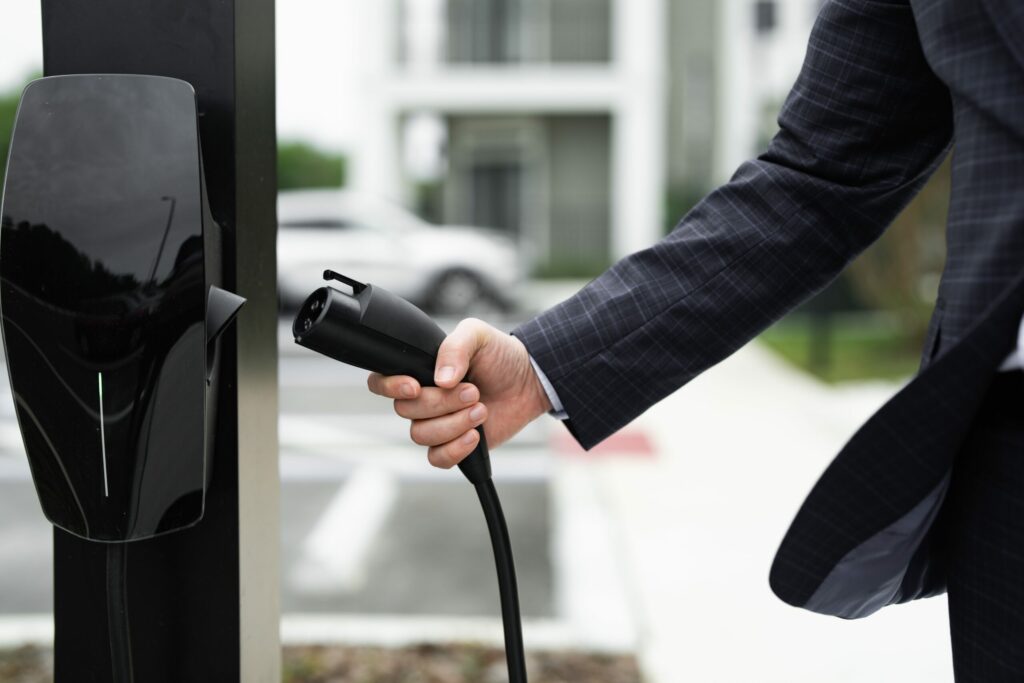
The challenge of recharging: between promise and reality
The deployment of charging points is one of the sinews of war. The 155,000 charging points announced for the end of 2024 mark a 31% increase in one year. But the fact that the 100,000 mark has been passed belatedly, more than two years late, reveals the structural difficulties we are encountering.
Although France is one of the three best-equipped countries in Europe, this dynamic masks major regional disparities. Nearly 80% of charging points are concentrated in major cities, leaving rural areas in an electrical desert. The Cour des Comptes warns that unequal access to the IRVE (Infrastructure de Recharge de Véhicule Électrique – Electric Vehicle Charging Infrastructure) is limiting user confidence and slowing down the transition. It also points to the « difficulty of achieving a balanced network tailored to the real needs of users », due to the fact that « the areas, generally urban, with the most IRVEs are also those with the largest electric vehicle fleets ».
The business model for public charging points is a cause for concern, with high installation costs (up to €50,000 per rapid charging point), irregular usage rates and a reluctance on the part of operators to invest without a guaranteed return. In many medium-sized towns, there are fewer than 10 charging points per 100,000 inhabitants. In contrast, the Netherlands and Germany have a denser network, supported by strong public policies.
Another critical point is the power of the charging points installed. While the number of charging points is increasing, the proportion of so-called « fast » charging points (over 150 kW) remains in the minority. To convince motorists who are reluctant to switch to electric vehicles, the ability to recharge quickly on long journeys is a key argument.
As well as geographical disparities, there are a number of challenges weighing on the economic viability of players in the sector: soaring energy costs, adjustments to public subsidies and fluctuations in the electric vehicle market. All of these factors undermine the business models currently being developed.
In this still shifting context, the IRVE sector is in a maturing phase. To ensure that it flourishes, a level playing field needs to be established, encouraging both innovation and private investment.
France at a crossroads
The development of infrastructure does not rely solely on public investment, but on the mobilisation of the industrial and energy ecosystem. France benefits from a low-carbon energy mix, a still solid automotive industry and committed players.
But a number of obstacles remain. The first is administrative: projects slowed down by red tape, delays in connection or local blockages. Progress has been made via the« France Relance » and« France 2030 » plans, but implementation remains uneven.
The second challenge is economic: in low-traffic areas, the profitability of resorts is uncertain, and operators are reluctant to invest where subsidies are decreasing.
Finally, the reliability of the kiosks remains a problem. Some areas have an availability rate of less than 80%, fuelling public mistrust.
Industrial competitiveness: the battle for batteries
Behind the questions of charging points and bonuses, another battle is being waged: that of the industry. And it focuses on a central element: the battery.

Without it, it will be impossible to capture the added value of the electric vehicle. Long absent from this segment, France has reacted. At Douvrin, in Pas-de-Calais, the first production lines of ACC (a joint venture between Stellantis, TotalEnergies and Mercedes-Benz) have opened. Other projects follow: Verkor in Dunkirk in the Nord region, with the support of Renault, and Taiwanese company ProLogium, which has also chosen northern France as the location for one of its plants. These projects represent an investment of several billion euros. And the objective is clear: to produce hundreds of thousands of batteries every year by the end of the decade.
These « gigafactories » embody a desire for a change of scale and sovereignty, in the face of Asian domination. They are also seeking to secure supplies in the event of geopolitical tensions. But everything remains to be built: know-how, value chains and, above all, access to raw materials such as lithium and cobalt, which are often mined far away and under questionable conditions.
Train, adapt, don’t suffer
The switch to electric power is transforming the entire industry. No more pistons, less oil. More electronics, less mechanics.
According to theObservatoire de la Métallurgie, more than 100,000 jobs could be affected between now and 2035, not eliminated but reconfigured. The risk is that the transition will leave some employees by the wayside.
There are schemes in place: regional training courses, specialised apprentice training centres, in-house retraining. But the challenge is colossal. Training a battery technician or software engineer doesn’t happen overnight.
And the tensions are already visible. In the gigafactories, recruiters are short of profiles ready to respond to the increase in power.

A global race, a European response
France is not alone. It is part of a multi-level game in which Europe is trying to defend its positions against well-armed giants. China, which is ahead at every stage – extraction, refining, recycling – dominates the chain. The United States, with its Inflation Reduction Act (IRA), is banking on massive aid to relocate its green industry.
Europe is moving forward in stages: Green Pact, calls for projects, subsidies. But its response is often too slow and too fragmented. France is campaigning for a European industrial strategy based on innovation, moving upmarket and cooperation. Alliances with Germany and Spain will be crucial to the emergence of champions.
Because beyond the standards and investment plans, it’s a question of sovereignty: producing your own vehicles, batteries and software. Not relying on another continent to run our cars.
A pivotal moment
The transition to electric cars is underway. Manufacturers are speeding up, sales are following suit and public opinion is changing. But behind the shop window, a profound transformation is taking place: an industrial fabric that needs to be rebuilt.
It’s a race against time. There is no guarantee that it will be won. But it is vital for the competitiveness of the French automotive industry, for jobs, and to avoid becoming a mere consumer of imported technologies.

